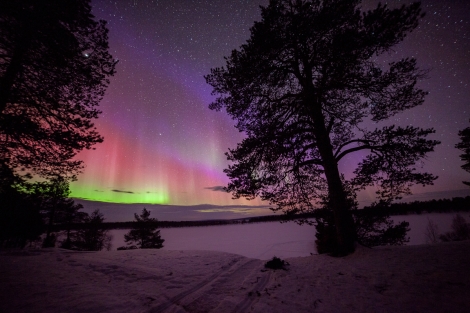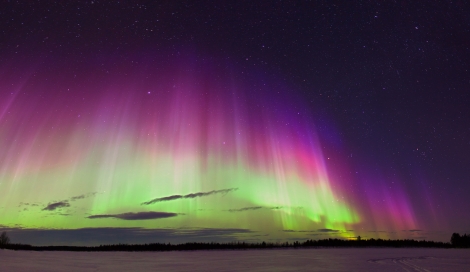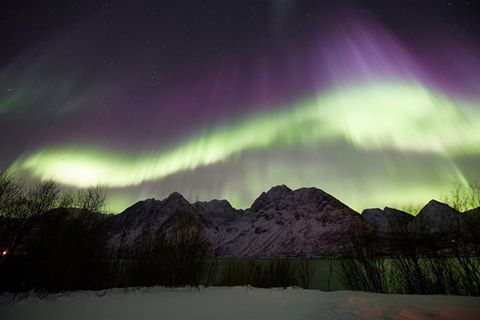When most travellers think of heading to the Arctic in search of the Northern Lights, they picture the cold depths of winter.
Though November through to February is a special time to visit our Aurora Zone destinations, we don’t want you to dismiss just how wonderful spring is in this region, and in particular, how great a season it is for Northern Lights hunting!
As the saying goes ‘when in Rome’, and it was this ethos that first attracted us to the idea of spring in the Arctic. When we discovered that even the locals travel to our Aurora Zone destinations in spring, we knew they were onto something.
With the improving weather, warmer temperatures, clearer skies and longer days, it’s no surprise that many Scandinavians living in the southern parts of Finland, Sweden and Norway choose to head north during March and April.
That’s not to mention the excellent snow coverage at this time of year that makes for a brilliant base for all those bucket list winter activities…local knowledge really is a wonderful thing!

Early-spring in the Arctic is fantastic. During the day, ice blue skies stretch endlessly away over the lakes and forests of Finland, the mountains of Sweden, the fjords of Norway and any number of glacial features in Iceland.
The landscapes are often bathed in that crisp, clear light and temperatures gradually improve as March grows older. This weather is very often associated with clearer skies which increase the chances of seeing the Northern Lights considerably.
From the Aurora hunter’s point of view, it is often said that the period around the spring equinox (approximately 21 March) brings greater solar activity which results in an increased frequency of Auroral displays. Couple that with clearer skies and you begin to understand why March and very early-April are possibly amongst the best times to chase the Northern Lights. Click here to view our scientific research.
The only downside is that come late March and into early April, the spectacular daylight hours lengthen so you may have to stay up a little later during your Northern Lights hunts. However, when you’ve got the chance to witness this phenomenal natural occurrence, we don’t think you’ll be complaining at a late night!


Another tick for spring in the Arctic is the snow conditions. Having fallen all winter, the covering is at its absolute best making it ideal for dog sledding, snowmobiling, cross-country skiing and other popular Nordic activities.
Plus, the increasing temperatures and longer daylight hours means a more comfortable and longer window to play in the winter wonderland surroundings.